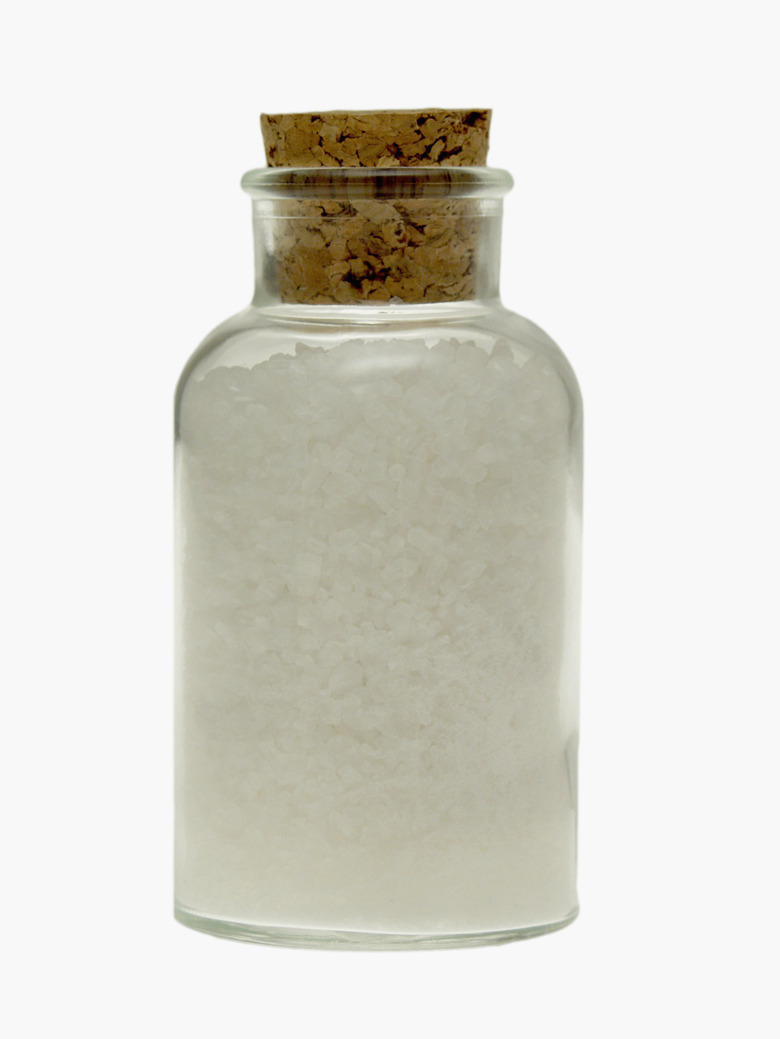Salts In Ancient Egyptian Times
From the Nile River's fertile floodplains to the harsh desert wadis of the the Sahara, the culture of the ancient Egyptians thrived in part due to the availability of natural resources, among them naturally occurring forms of salt. Salts were mined, traded and used for many purposes in Egypt, from everyday household and industrial applications to the sacred rituals of mummification.
Salt of the Earth -- and Sea
Salt of the Earth — and Sea
Four of the lakes in the Nile Delta area were known for their salt content, Burullus, Edku, Marout and Manzala. These saline bodies of water, along with the Mediterranean Sea, allowed Egyptians to gather salt directly from crusted shoreline flats, or via seawater evaporation. The Wadi Natrun near the Nile Delta (which means "natron valley" in Arabic) and El Kab in Upper Egypt are principal sites where natron was mined in ancient times. A naturally occurring sodium compound like common salt, natron is composed mostly of a hydrate of sodium carbonate and in ancient Egypt had its own particular uses, as well as being employed for uses much like common salt.
Seasoning, Trade and More
Seasoning, Trade and More
As in so many cultures, Egyptians used salt to preserve dried fish and season their food. Salt extended the shelf life of the Nile's abundant fish harvest, allowing the Egyptians to build a food surplus and enhance the country's economy through domestic and foreign trade, procuring goods including cedar, glass and purple dye from the Phoenicians. Natron served as a detergent and tooth cleaner. Salts were also prescribed within various health mixtures by Egyptian physicians, applied to the skin, taken as an enema, or given orally depending on the condition.
Industry and Artistry
Industry and Artistry
The Egyptians are known for their love of color and produced many beautiful works using faience, a beautiful glassy substance reminiscent of turquoise. To create it, quartz powder was heated in a mold to form amulets, figurines and other exquisite craftsmanship, and salt or natron served as the binder in this process. Metallic salts such as alum were used to bind alizarin — a vivid red plant-based dye — to fibers or thread during textile production in a process called acid dyeing. Salts were also among the materials used to cure animal hides and skins.
Preparation for the Afterlife
Preparation for the Afterlife
Preparation for the afterlife was deeply important to ancient Egyptian religious beliefs. Funeral offerings of natron or salt were left in Egyptian tombs for the deceased, as well as food including salted birds or fish to be enjoyed in the afterlife. A mummy had to be dried completely before burial, and salt, particularly natron, played a significant role in the dessication process. Bags of either substance were packed around and within the body of the entombed after the stomach, intestines, lungs and liver had been removed from it. The drying procedure lasted 40 days and was a significant portion of the most elaborate mummification process, which took 72 days from start to finish.
References
- Ancient History Encyclopedia: Faience
- Ancient Egyptian Materials and Industries: Alfred Lucas
- Britannica: Lake Burullus
- Ancient Egyptian Medicine: John F. Nunn
- Colorado State: Timeline of History
- Handbook to Life in Ancient Egypt: Ann Rosalie David
- Ancient Egyptian Materials and Technology: Paul T. Nicholson
- Salt: A World History
Cite This Article
MLA
Sanders, DaVaun. "Salts In Ancient Egyptian Times" sciencing.com, https://www.sciencing.com/salts-ancient-egyptian-times-18440/. 24 April 2017.
APA
Sanders, DaVaun. (2017, April 24). Salts In Ancient Egyptian Times. sciencing.com. Retrieved from https://www.sciencing.com/salts-ancient-egyptian-times-18440/
Chicago
Sanders, DaVaun. Salts In Ancient Egyptian Times last modified March 24, 2022. https://www.sciencing.com/salts-ancient-egyptian-times-18440/
